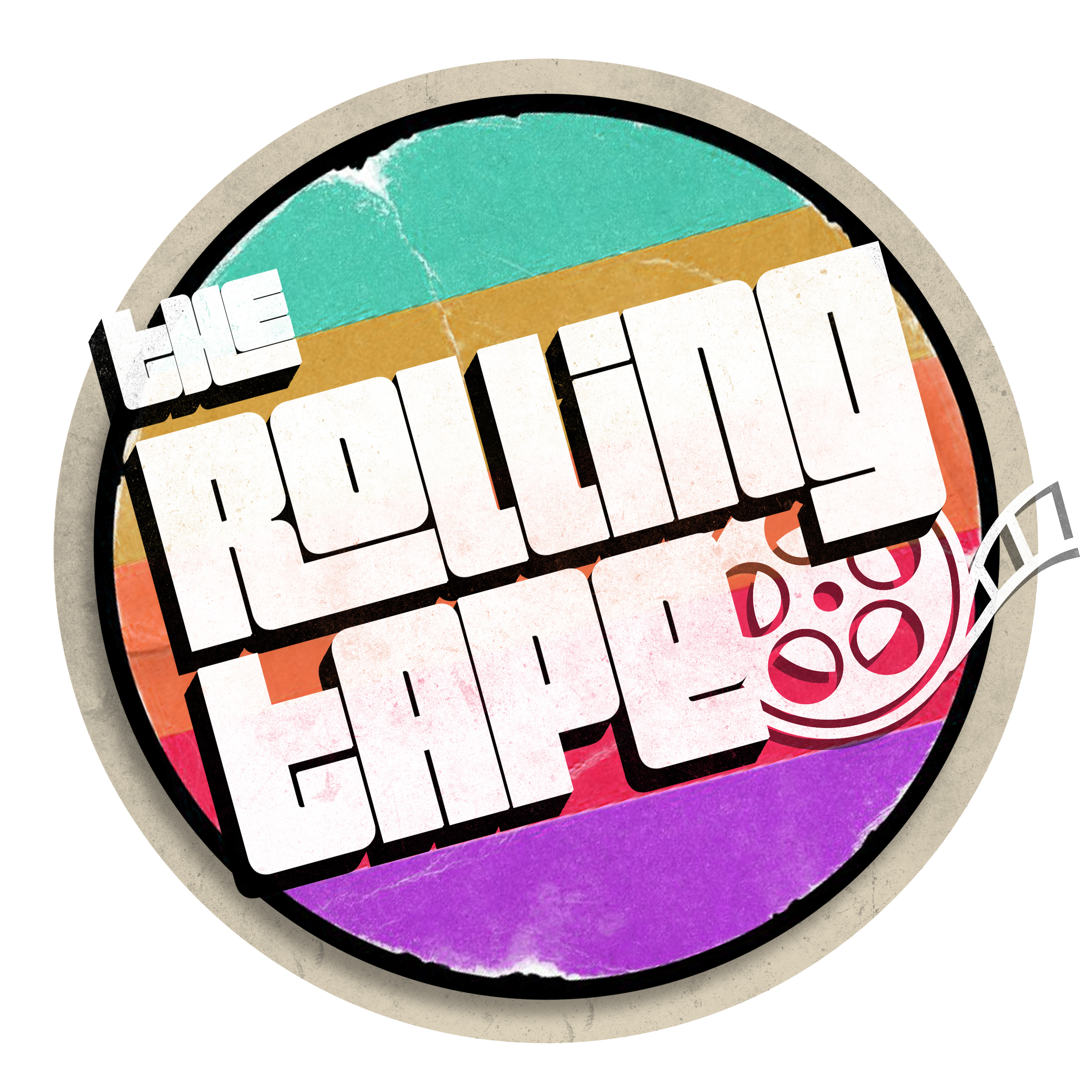It is no secret that I, a film critic and writer, am naturally drawn to feminist film. So you can imagine my delight when I discovered that Dear Ms.: A Revolution in Print perfectly encapsulates the intersection between film, feminism, journalism, and active societal change. The documentary, which premiered at the Tribeca Festival on June 10th, examines the origin of Ms. Magazine in the 1970s, using archival footage and photographs, testimonials from some of the founding women, and analyses of a few of the most iconic and disruptive cover stories.
Imitating the structure of a magazine itself, Dear Ms. is made up of different ‘pieces’ by different authors. Salima Koroma, Alice Gu, and Cecilia Aldarondo each direct a third of the film, offering their perspective and creative flair while covering different topics and cover stories that shaped the beginning of Ms.
Koroma introduces the 110-minute exploration with Part 1: A Magazine for All Women. We are introduced to Gloria Steinem, Patricia Carbine, Letty Cottin Pogrebin, Lindsy Van Gelder, Marcia Ann Gillespie, Susanne Braun Levine, and other women who were active throughout the feminist movements of the 1970s. Koroma focuses on the magazine’s inception, with the first inaugural edition being published in 1972. Part 1, largely acting as an overview of Ms., examines the intent, obstacles, doubt, and constant effort to be a different type of ‘Women’s Magazine.’
Koroma, as with all three directors, isn’t shy about highlighting some of the mistakes or hindsights from the beginning of Ms., choosing to discuss how race was a piece of the complicated puzzle these women were trying to put together. Thanks to detailed discussion from women of color, we have time to contemplate what feminism meant to white women and black women in the 1970s and how those experiences differed. Koroma’s work confidently sets the scene for the audience to understand that appealing to all women is harder than it seems.
Gu’s Part 2: A Portable Friend closely mimics the visual approach of Koroma’s introduction. While there are some stylistic differences, the overall structure and 70s-style collage animations give the film a connective throughline. Gu takes a deeper look into specific cover stories Ms. published, including their cover stories on domestic violence and sexual harassment.
The second part is where we see the documentary take a larger look at the impact of Ms., highlighting the fact that the magazine was the first to put topics of domestic violence and sexual harassment on its cover. The way the women interviewed spoke so matter-of-factly about their experiences and intentions was deeply striking, discussing how it used to be a part of life to be beaten by their husbands or felt up at the workplace. They had had enough. Despite this entire documentary being about a magazine one could associate with ‘raging feminists,’ the film remains calm, composed, and wickedly intelligent.
By this point, it should be clear that this film is not anti-man. It even included some of the pieces published by Ms about men or written by men. I admire the film’s strong intent on not creating a spectacle of victims’ previous ways of life but instead promoting this idea of change for women, by women. It’s respectful and inspiring.
Entering Aldarondo’s Part 3: No Comment, the film has heavier changes to its style and structure, making it feel slightly detached from the first two pieces, but no less impactful. Aldarondo’s chapter, differentiating itself from the other two sections, has laser focus on one debate within the feminist movement: porn. Aldarondo takes the time to really investigate the various viewpoints about pornography and its power over women (or lack thereof).
In a way, the detail and level of focus Aldarondo injects into exploring one specific cover story makes the topic more suitable for a miniseries, one that I wish the three directors would produce on more Ms cover stories.
Dear Ms.: A Revolution in Print is a wonderful archive explaining the beginnings of the first feminist magazine in the United States and how it both directly and indirectly affected the movements and policy changes during that time. The film’s strongest success is its ability to present both the magazine and the feminist movement as not a perfect construction but a web of women with goals, aspirations, and intentions on making a difference in our lives.
Seeing the different viewpoints from the female directors of the 2020s and the female journalists of the 1970s is welcoming and resonant with the film’s goals – there is something so beautiful in the idea of women writing about women who wrote about women. The impact of female journalism, through any medium, is forever changing, inspiring, and growing. And perhaps the biggest impact of the documentary is that, despite it being the history of something, the topics were just as relevant 50 years later.
Review Courtesy of Sara Ciplickas
Feature Image Courtesy of Tribeca Film Festival & HBO

Recent Comments